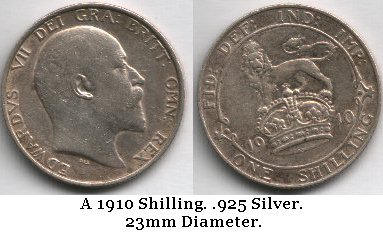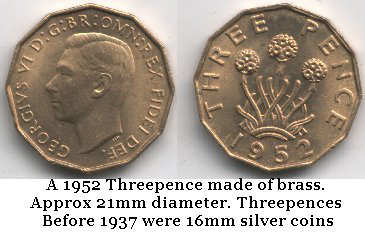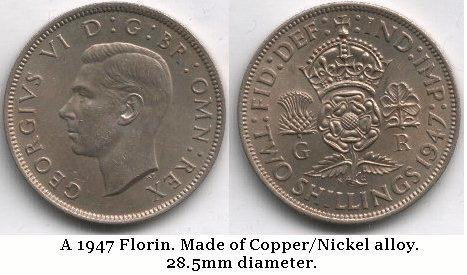The History of Jamaican Currency
In the early 19th century the British tried to introduce a single form of currency for all of its colonies. They minted special silver coins called anchor money due to the inclusion of an anchor design on their reverse sides. Colonial merchants rejected anchor money in favour of the more familiar pieces of eight and anchor money was rendered useful mainly for military transactions. In 1825 the British tried again by sending a coin made from copper and silver again it was rejected, this time mainly by the recently freed slaves who used coins in their Saturday markets. As recently converted Christians, many did not think coins should be made from copper, only from, silver or gold as was traditional. There was, however, a shortage of lower denomination silver coins and so in 1834, British silver three pence and penny ha'penny pieces were imported. The penny ha'penny became known as a 'quartile' or quarter real, or a 'quattie'. Because of the rationale behind their importation, these coins became known as "Christian quatties."On December 31, 1840, British currency became that of Jamaica by law. In other words money in circulation was to be the lower denomination copper coins, the farthing, half penny, penny ha'penny and penny, as well as the higher denomination silver coins, the three pence, six pence, shilling, florin half crown and crown. Spanish coins were demonetized with the exception of the Spanish doubloon, which remained in circulation until 1901.
The Spanish Doubloon



In 1969 Jamaica switched to a decimal system of currency. The name of major units was to be dollar and minor units, cents. All pounds, shillings and pence were called in and replaced by notes and coins many of which were in colours as similar as possible to those held previously by the British denominations. The transition from a British to a Jamaican system of currency went smoothly as a result of a successful public education campaign. Then Minister of Finance, Edward Seaga, recalls that, "New Zealand, a country also about to undergo decimalization, sent representatives to Jamaica to ascertain how the process had been implemented." It was strongly felt that Jamaican currency, in addition to depicting aspects of the island's flora and fauna should have as its most striking feature, images that reflect the ideals of the newly independent country. Th

Other denominations would contain pictures of additional National Heroes (the Order of the National Hero having been created in 1965). In 1986 these were joined by a 100 dollar note with a picture of Sir Donald Sangster (Prime Minister in 1967). In 1988, the 50 dollar note with a picture of Sam Sharpe (commemorated a National Hero in 1975) was also added. In the 1990s with the devaluation of the Jamaican dollar, the form of Jamaican money changed again and the lower denominations, the 1 and 5 dollar bills, once thought to be the most widely circulated and useful, became relatively useless. They, along with the 20 dollar bill, were eventually converted to coins that today hold little purchasing power. In 1994, with increasing devaluation, the 500 dollar note with Nanny (commemorated a National Hero in 1975) arrived and in 2000 came the 1000 note with former Prime Minister Michael Manley.

The Jamaican dollar, from its inception, has devalued. Jamaicans had a lot of hope and pride when they first independently used their own currency. However, the money lost a lot of its value because of the economy and improper organization. Sadly, the black market (especially in the 70's) gave a lot of money for the American dollar. You could get sometimes 3:1.
I love the color of the currency.

1 comment:
Wonderful article! This is a nice read, thanks!
Silver MLM
Post a Comment